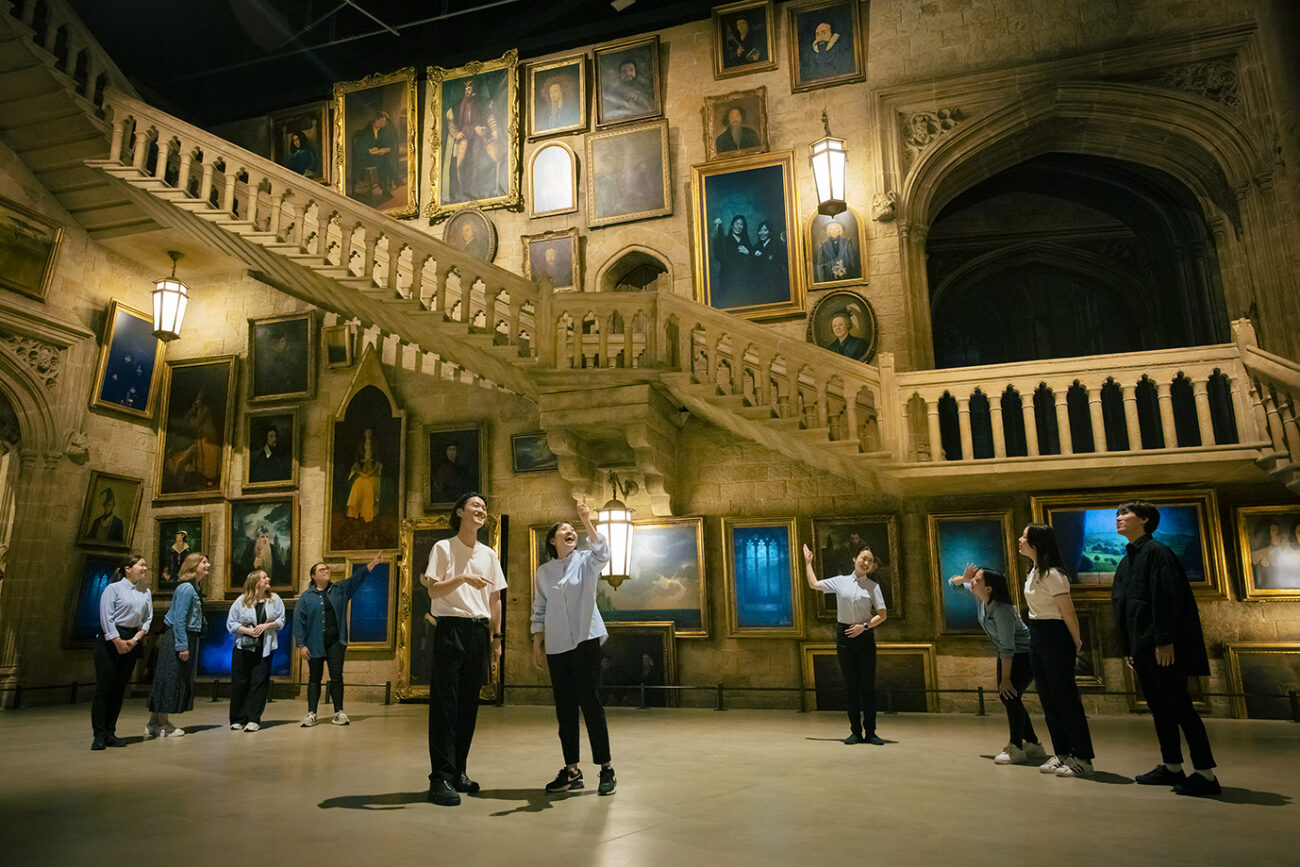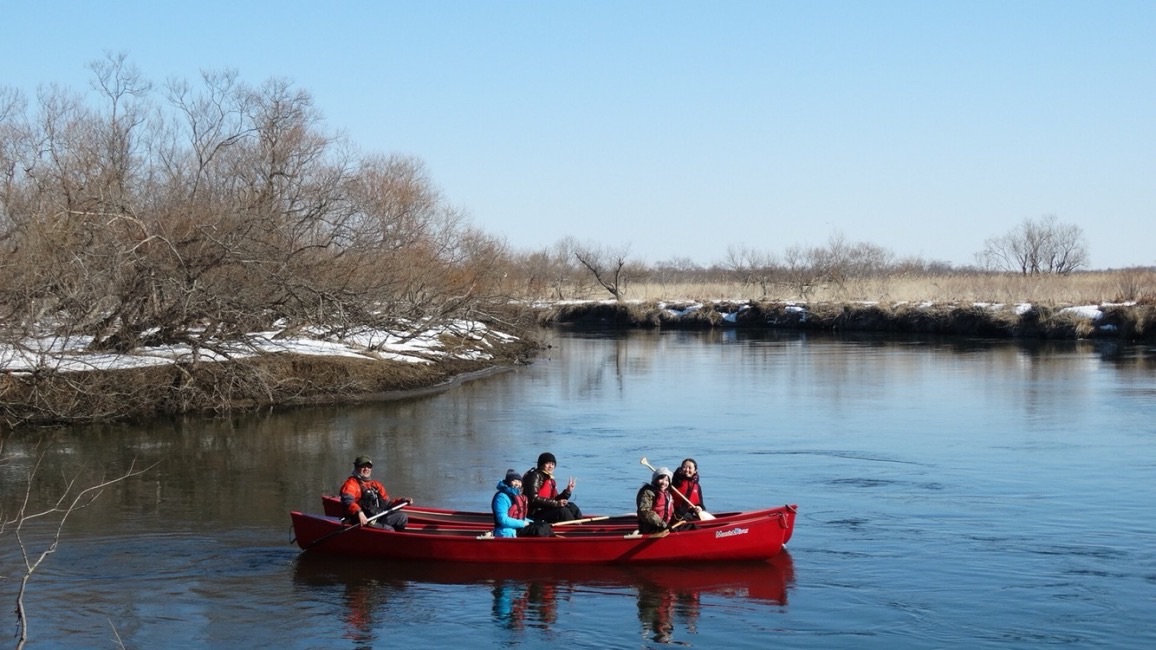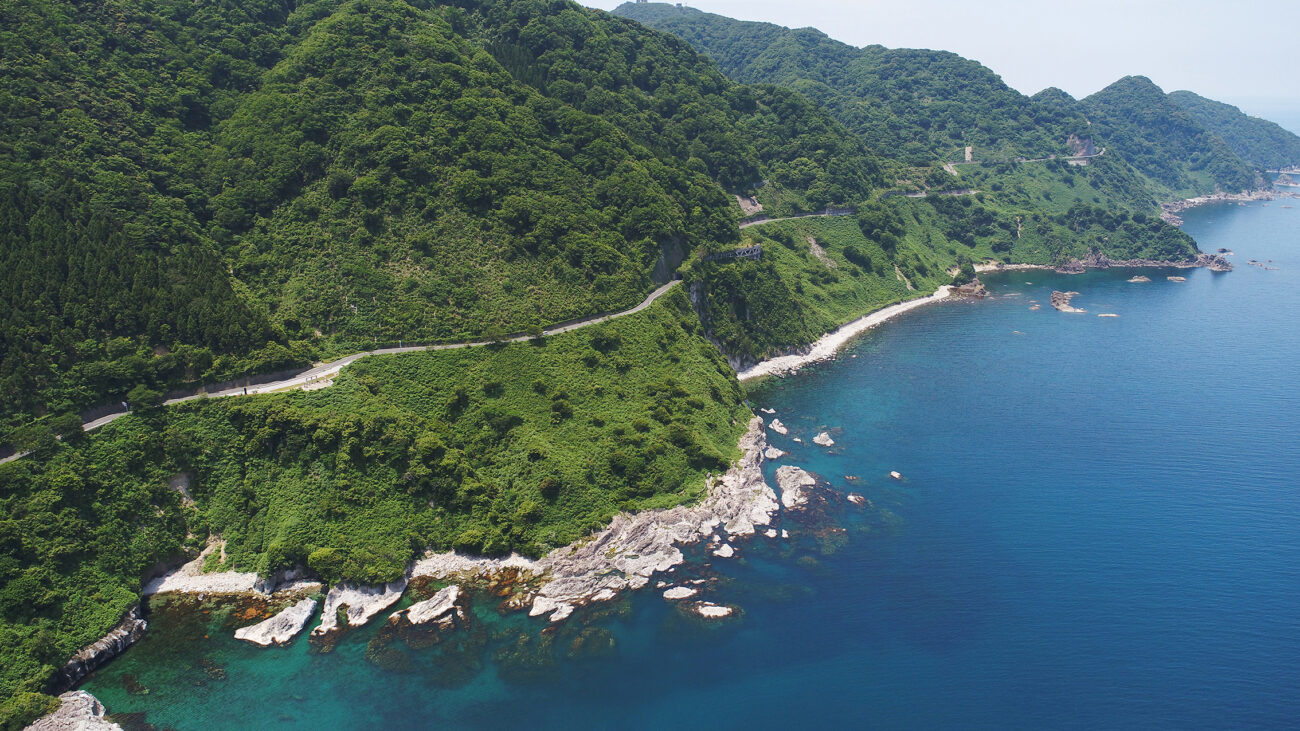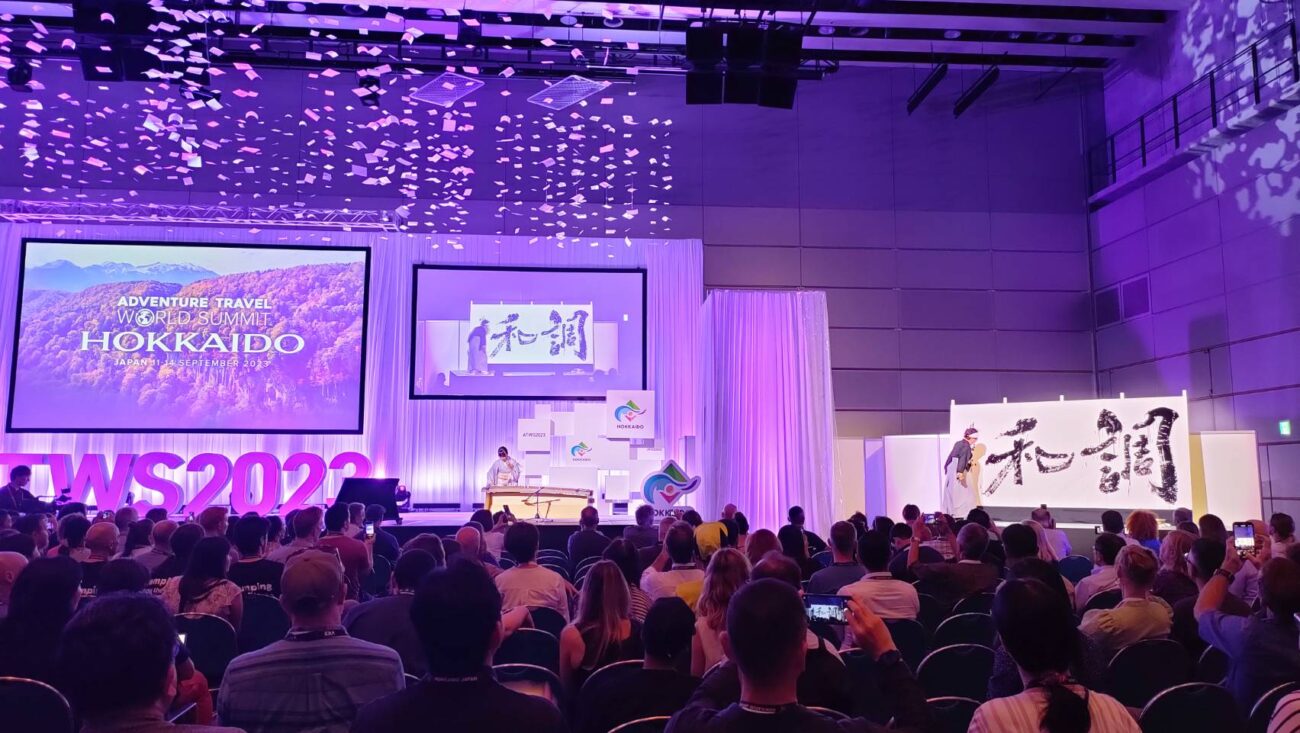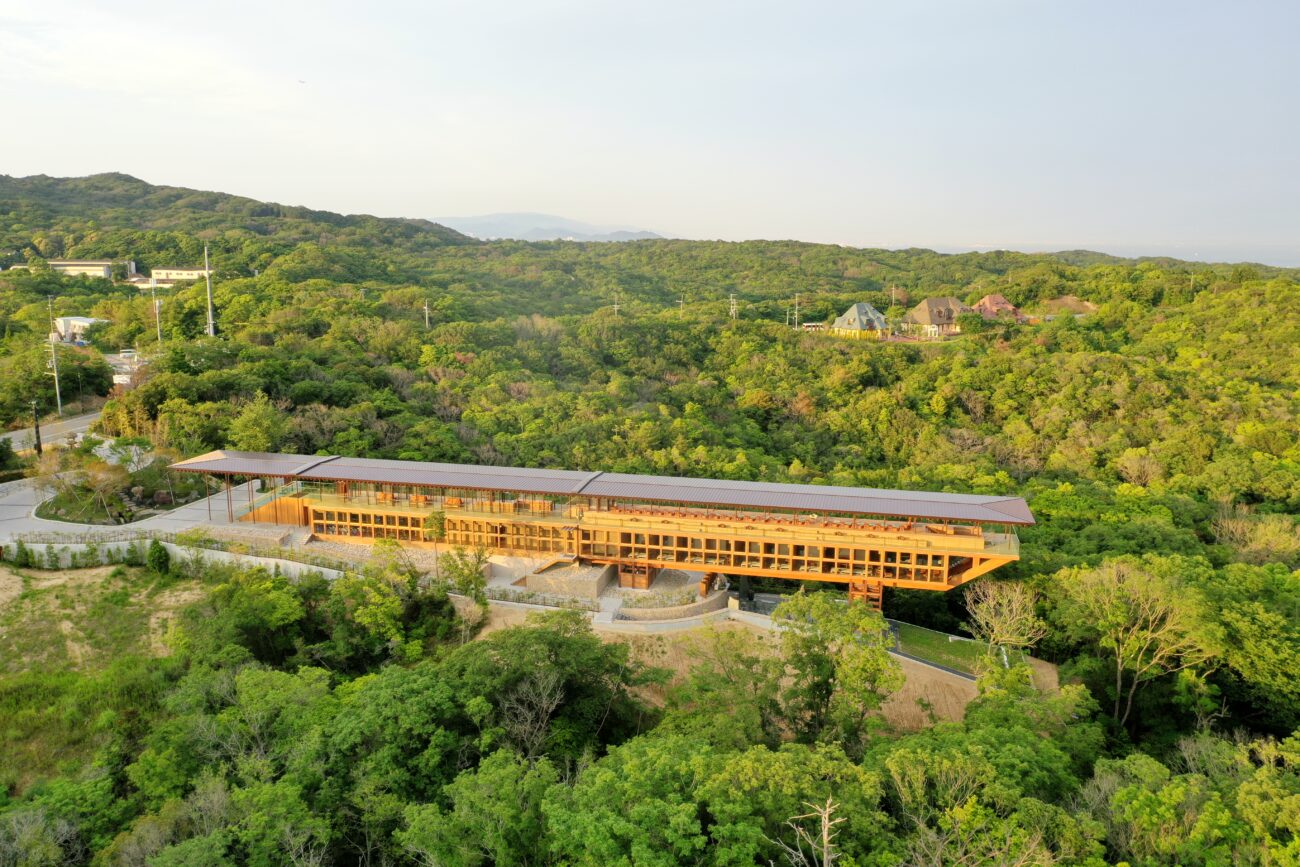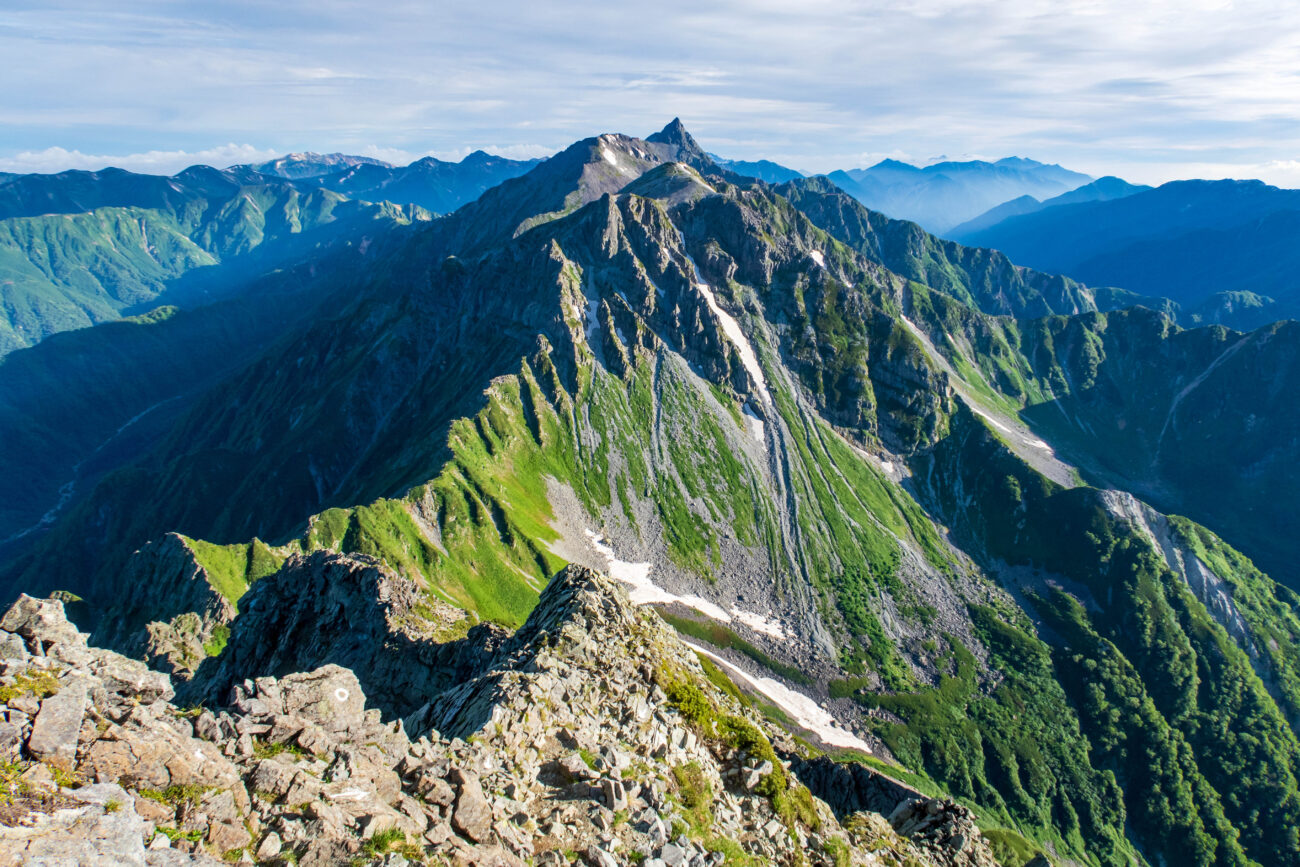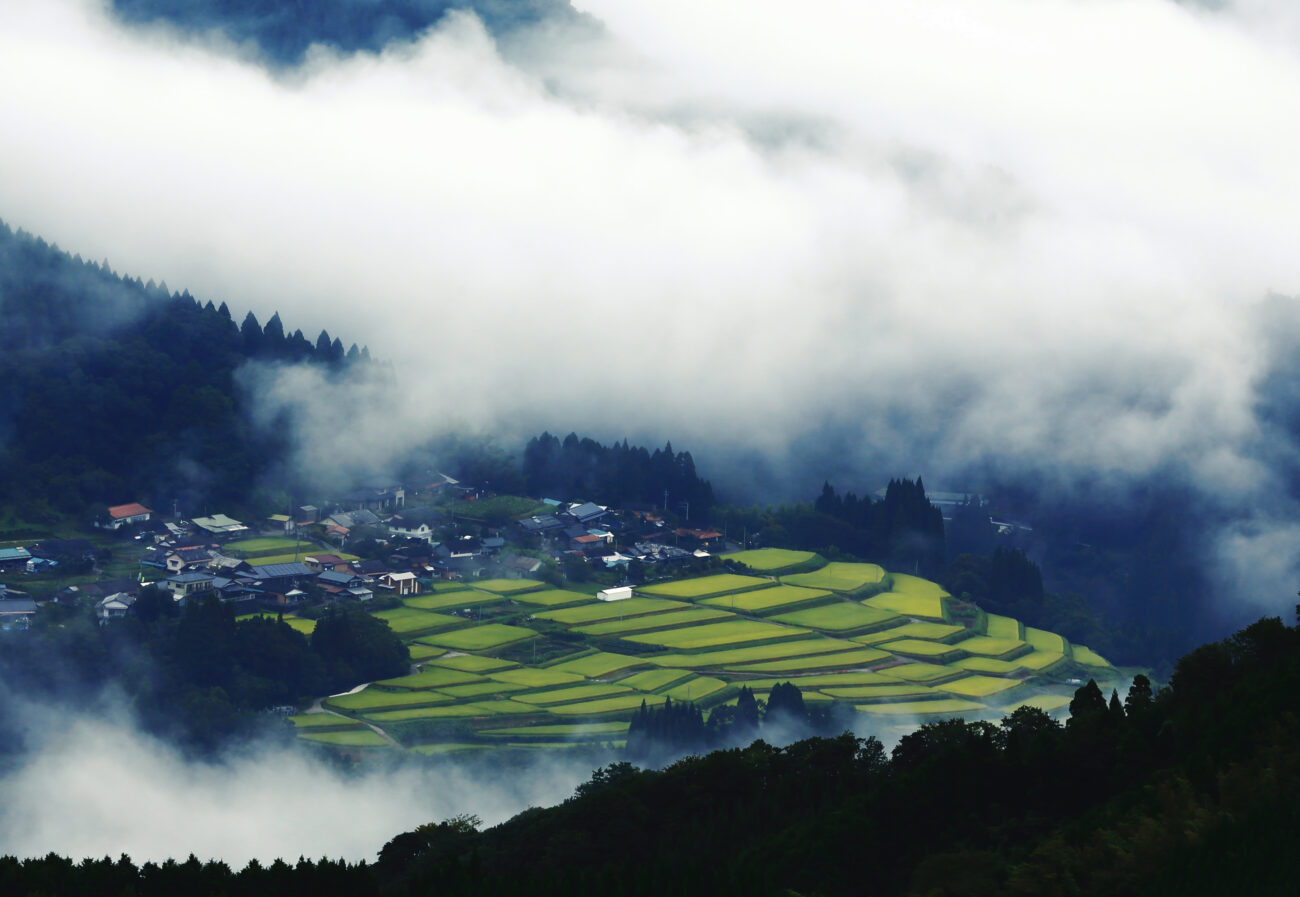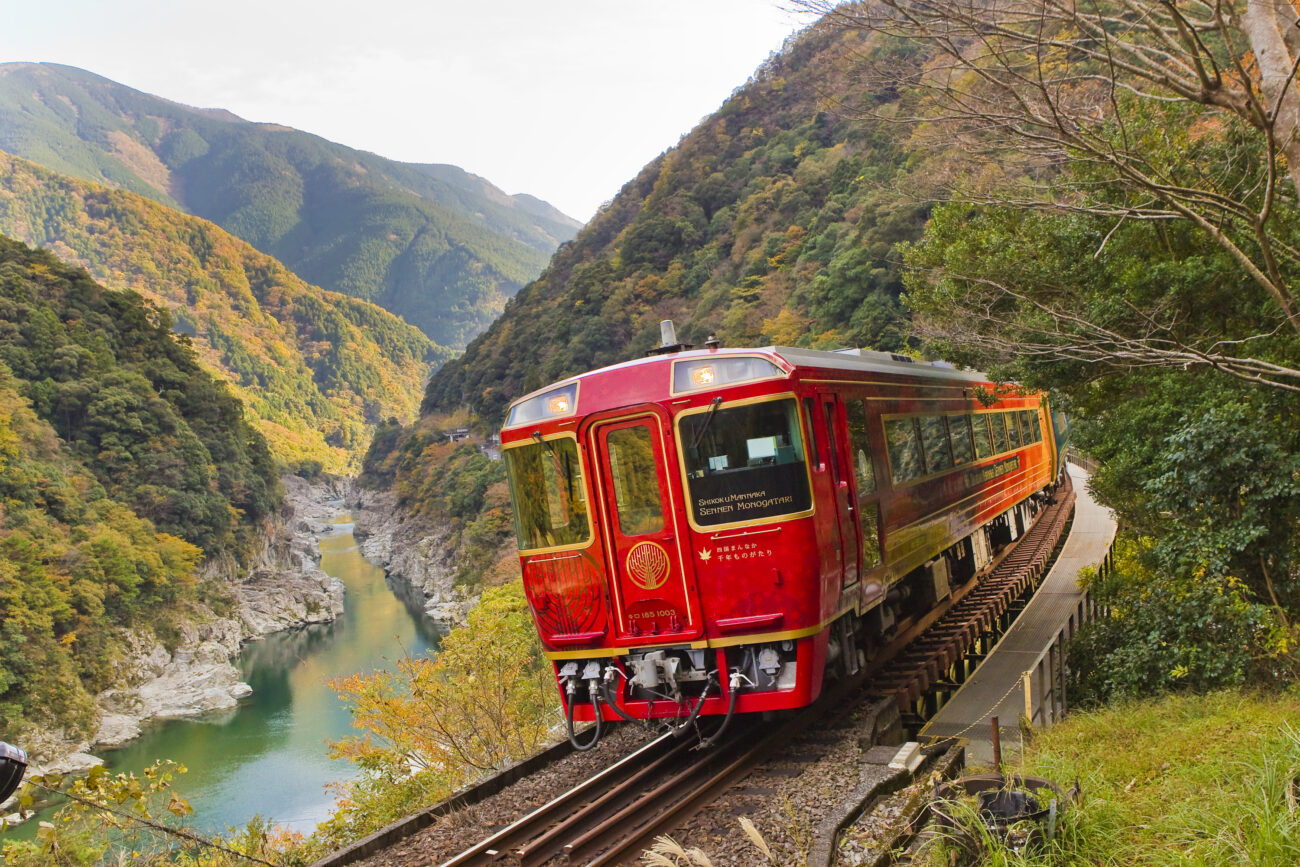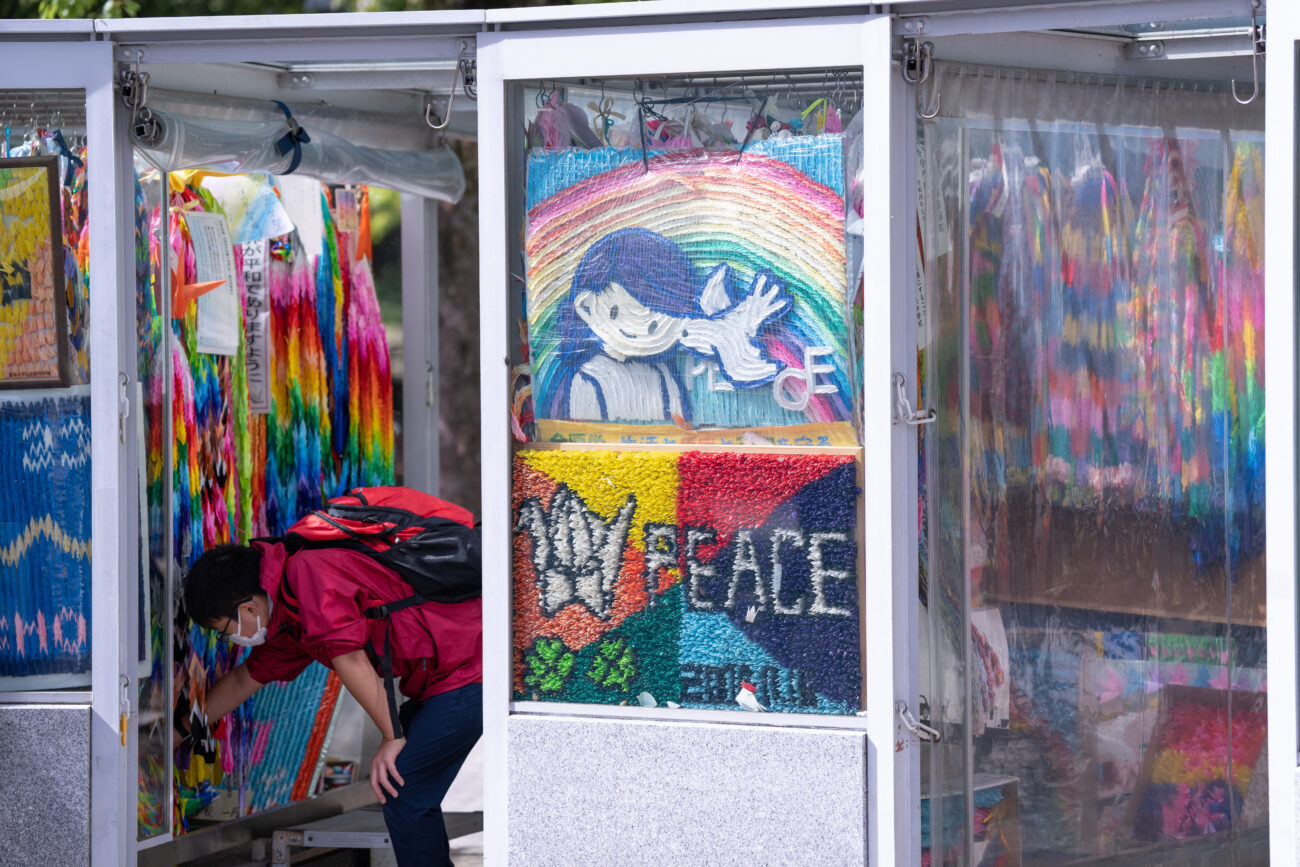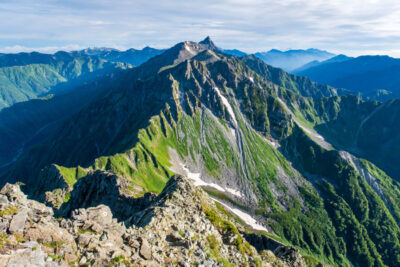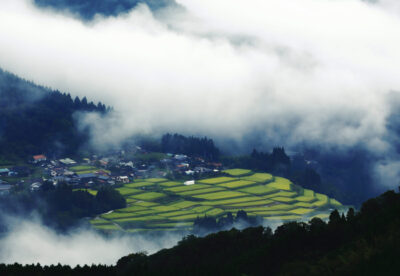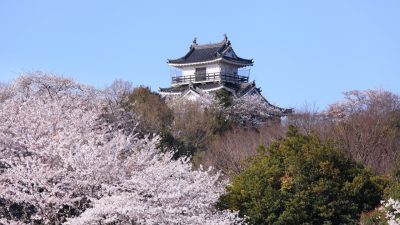Japan is made up of 47 prefectures and many of them are still waiting to be discovered by foreign travelers. Enjoy diverse tourism experiences focus ed on lesser explored areas that connect visitors to the nation’s soul through regional cultural centers. From pop culture facilities to heritage sites and ancient custodians of traditional customs where people can learn about Japanese history, art, and more, there’s never been a better time to venture into the unknown and explore the rich tapestry that is modern Japan. Here are some suggestions that’ll help you create an exciting, educational, off the beaten path itinerary:
Regional Museums: Can’t Miss Stops on a Regional Tour of Japan
Nozawa and the slopes of Hakuba are winter sports meccas famous for some of the best fresh powder snow in Japan, attracting fans of skiing and snowboarding from all over the world. But this part of Nagano Prefecture has other things to offer as well. Located about a 1 hour bus ride from Nozawa there is the Nagano Prefectural Art Museum, opened in 1966. The museum showcases 4,600 pieces of modern and contemporary art by artists closely associated with Nagano such as Kusama Yayoi, Ikeda Masuo, Ogiwara Rokuzan and others in various rotating exhibitions, each one following a different theme. As a “landscape museum,” the facility blends in with its surroundings and includes a waterside terrace that houses fog sculptures by the world renowned artist Nakaya Fujiko.

In 1990, the museum added a gallery dedicated to the paintings of Higashiyama Kaii. The museum’s rooftop plaza and restaurant offer amazing views of the nearby Zenko-ji Temple, one of the most important places of worship in Japan with a history of some 1,400 years. Historians say the temple houses the first ever Buddhist statue brought over to Japan (from India ) since the religion was introduced in the country in the 6th century.
Another fascinating destination destination is the is the Yokote Masuda Manga Museum, which is an excellent way to get closer to both Japanese pop culture and Akita Prefecture. Established in 1995 as Japan’s first manga-themed art museum, it is currently the only museum in the country dedicated to the preservation and exhibition of original manga artwork. It safe keeps over 450,000 items by more than 180 artists, with a special focus on the works of Yaguchi Takao (known for his “Fisherman Sanpei” also known as “Tsurikichi Sanpei”). For the sake of preservation, only three or four works from 74 artists are exhibited at one time; the exhibitions change the periodically.
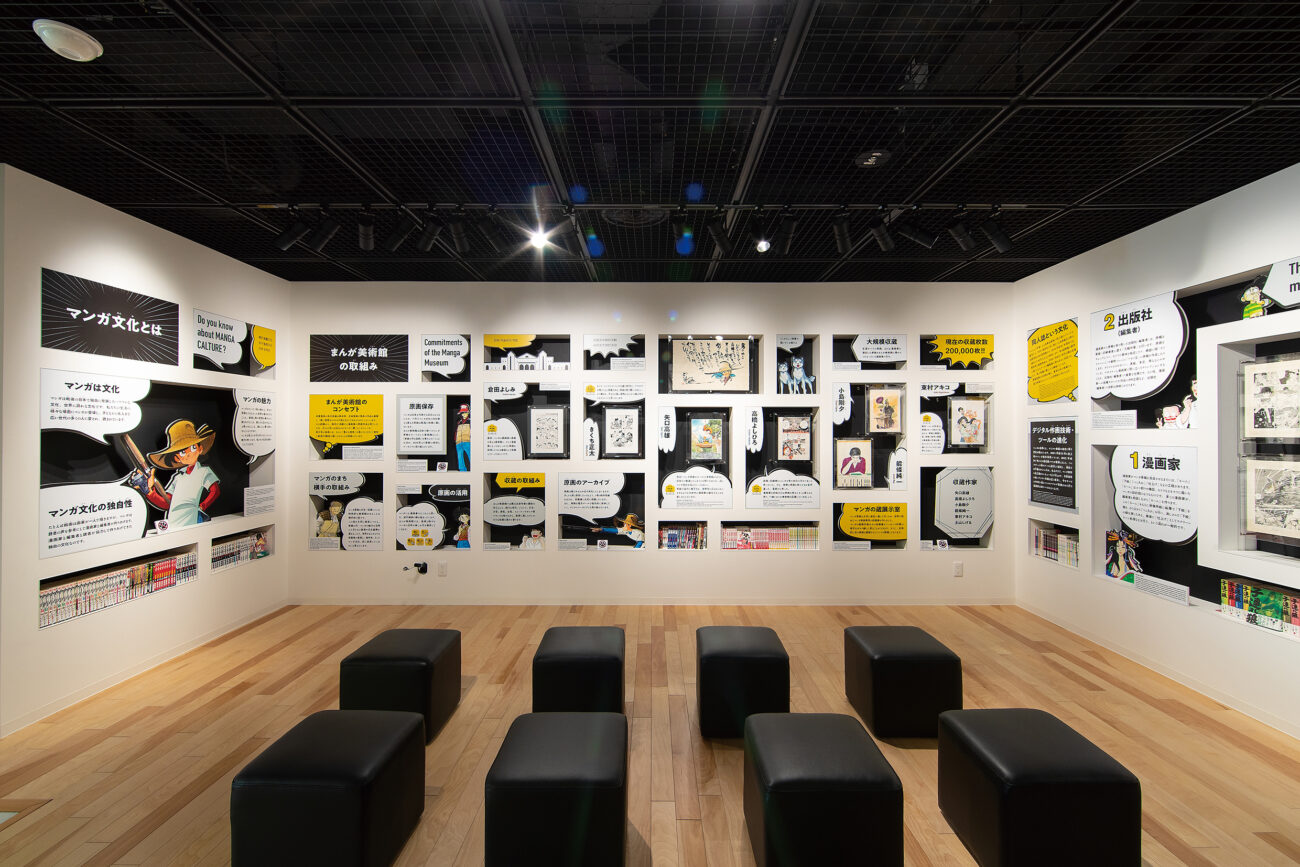
Other artists exhibited artists exhibited in the the manga museum include Kojima Goseki, illustrator of “Lone Wolf and Cub,” Saito Takao, creator of “Golgo 13” and Higashimura Akiko, known for “Princess Jellyfish.” There’s also a special corner for artists born in Akita Prefecture. For more Akita culture, visit Omonogawa Kido GoroVillage, which houses traditional thatched houses dating back to the Edo Period (1603 – 1868) and the Taisho Period (1912 – 1926).
Walk Through Centuries of Japanese Traditions
Tea–drinking, an integral part of Japanese culture, traces its origins to Kyoto. After the monk Eisai brought tea plants to the country from China some 800 years ago, the first tea plantations appeared in Japan’s ancient capital, eventually spreading south to Uji, where the moist soil and mild climate were ideal for tea cultivation. Today, visitors can still visit the city located just 20 minutes from the center of Kyoto and experience the complex world of Japanese tea, from Matcha (finely-ground green tea) to Sencha (whole leaves infused with hot water) and Gyokuro (a variety grown in the shade, not under the sun, giving it a richer flavor).
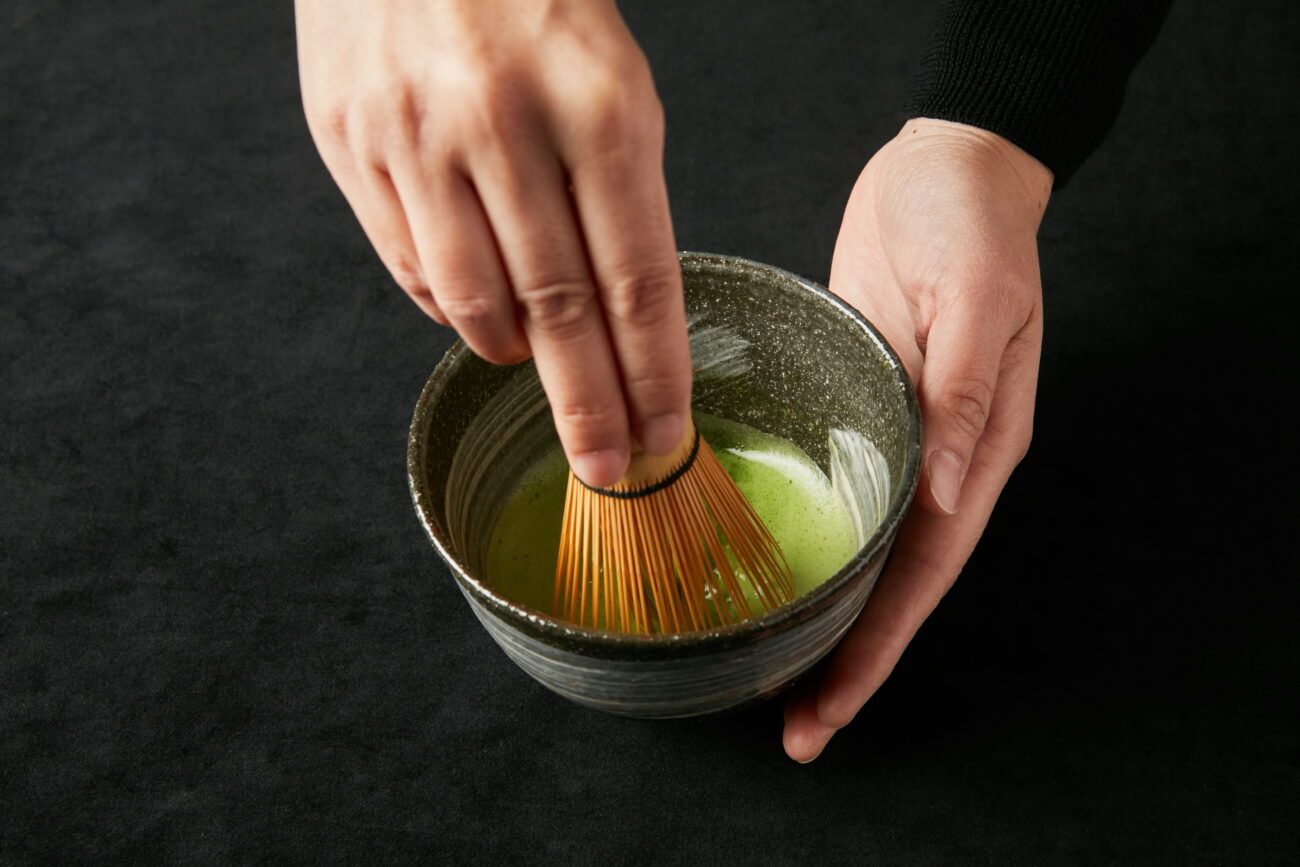
Visitors to Uji can taste all that history at Historical Park of Tea and Uji Town (Chazuna), together with together with exploring historical wonders such as Uji Byodo-in Temple and the National Treasures at its Museum Hoshokan. Descending from the tea plantations created when Shogun Ashikaga Yoshimitsu (1358 ‒1408) developed a taste for Uji tea, visitors now have a chance to discover tea fields like Ishitera, Dosenbo or Tayama Tsurugi, while enjoying firsthand tea experiences such as making Matcha in a stone mortar or Uji tea with a ceramic plate. Classes about tea ceremonies at the Fukujuen Uji Tea Workshop are also available, as are tea desserts including Matcha ice cream parfaits at Tsuen Chaya Tea House.
What Kyoto is to Japanese tea, the former Hizen Province is to Japanese pottery and porcelain. The traditions of the province live on in what is today the Saga and Nagasaki Prefectures area on the island of Kyushu where the discovery of ceramic stone in Arita around 400 years ago led to a boom in the production of porcelain. Since then, the pottery culture of Hizen Province the has blossomed, branching into diverse styles and uses, from everyday tools to works of art, some of which have been displayed in European museums, influencing the continent’s artists since the 17th century. In the city of Imari, official kilns were set up to produce the highest quality products as presents for the Shogun (the country’s military leader and head of state for much of Japanese history.)
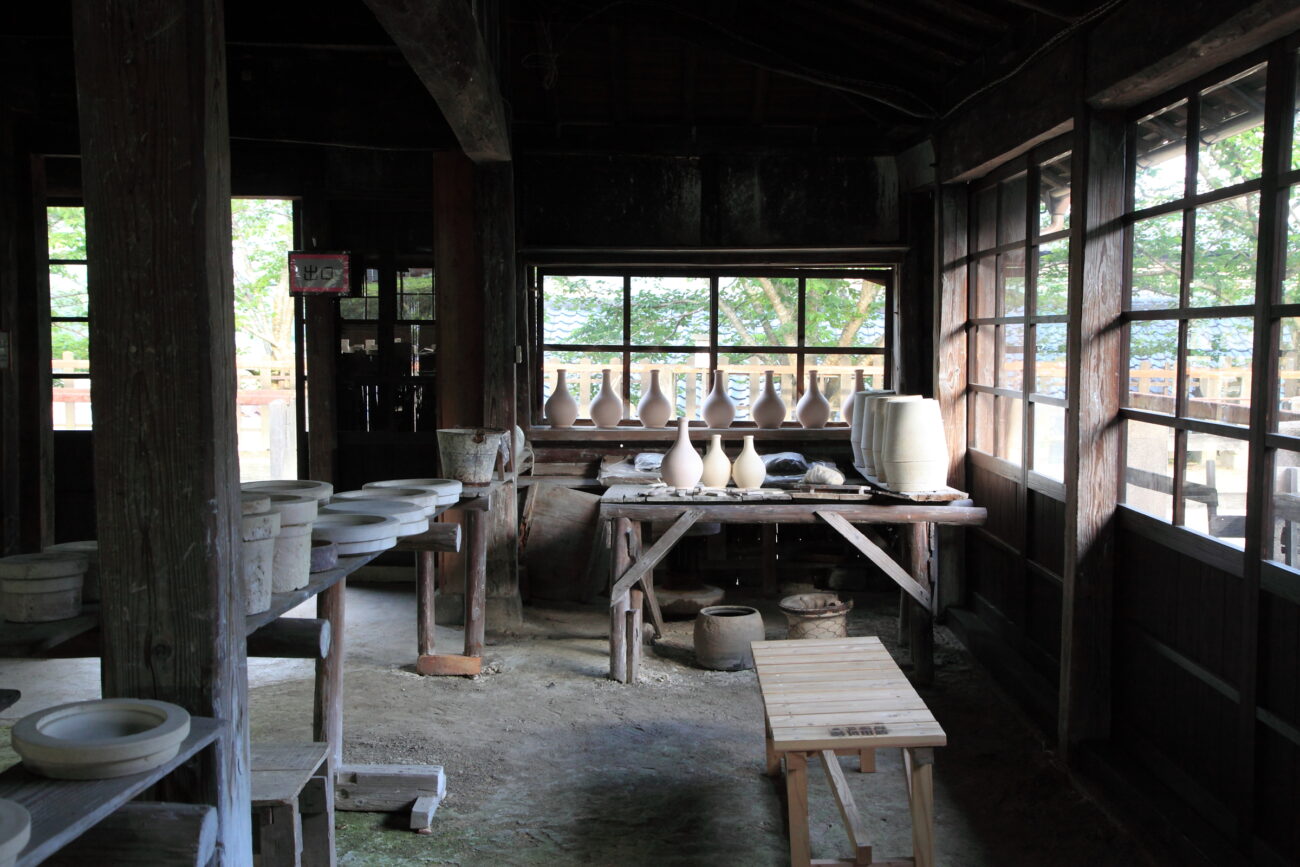
Ureshino City in Saga Prefecture is also a wonderful place to learn more about Japanese pottery. The city is home to the Shida-yaki Pottery Factory Museum, housed in a historic landmark that’s been certified as a Japan Heritage Site by the Agency of Cultural Affairs. Opened as the Marushi Seiji Factory established in 1914, it today presents and teaches the history and the process of manufacturing “Shida Ware” porcelain, known for its vivid blue colors set against a white background. The museum offers courses where visitors can make their own wares by forming them on a potter’s wheel or painting an original piece, which the kiln’s professional staff will fire and send to your address, even if you live abroad. In the spring and fall, visitors can get great bargains on Kyushu porcelain at a local pottery market in Ureshino City.
Japan Like You’ve Never Seen It Before
By exploring the Japan’s singular diversity of attractions through regional cultural facilities and historical sites, tourists can enjoy a one-of-a-kind trip that helps them experience unique sides of the country firsthand while also expanding their minds. And precious few journeys are more fascinating, memorable, and worthwhile.
Supported by Japan National Tourism Organization

Notes:
- The above details are correct as of the time of publication, and are subject to change.
If you’d like to download photos and videos of Japan’s tourist attractions, please visit the Japan Online Media Center (JOMC)
For media inquiries, including requests to use photographs, please contact the JNTO Press office at media_inquiry@jnto.go.jp
 0
0

